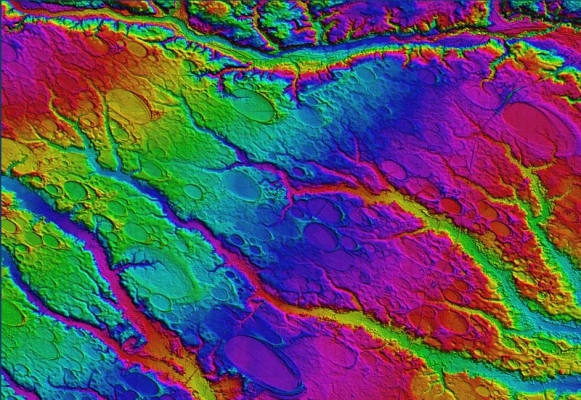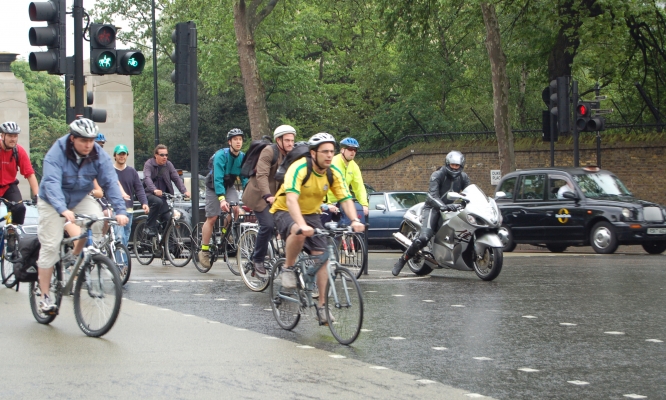The video begins at 0:39.
View slides
Abstract: The geometric design of our urban arterials and collector streets can provide more room for nonmotorized travelers, make street crossings easier for pedestrians, and help to control traffic speeds, thus reducing pedestrian, bicycle and automobile crashes. In this seminar Mr. LaPlante will show how this can be done within existing rights-of-way and within tight maintenance and construction budgets, thus making better use of taxpayer dollars. The seminar also will address some of the myths about Complete Streets and how we can begin moving forward in making all our street networks complete.
Speaker Bio: John LaPlante is currently Director of Traffic Engineering for T.Y.Lin International, working out of their Chicago office. Prior to joining the firm in 1992, Mr. LaPlante had been with the City of Chicago for 30 years in various transportation engineering positions, including Chief City Traffic Engineer and Acting Commissioner of the new Department of Transportation. He has been involved in several national committees (PROWAAC, AASHTO Green Book Technical Committee, NCUTCD Pedestrian Task Force, and the TRB Pedestrian Committee) and was principal author of the AASHTO Pedestrian Guide. He has taught many courses as part of the...
Read more

